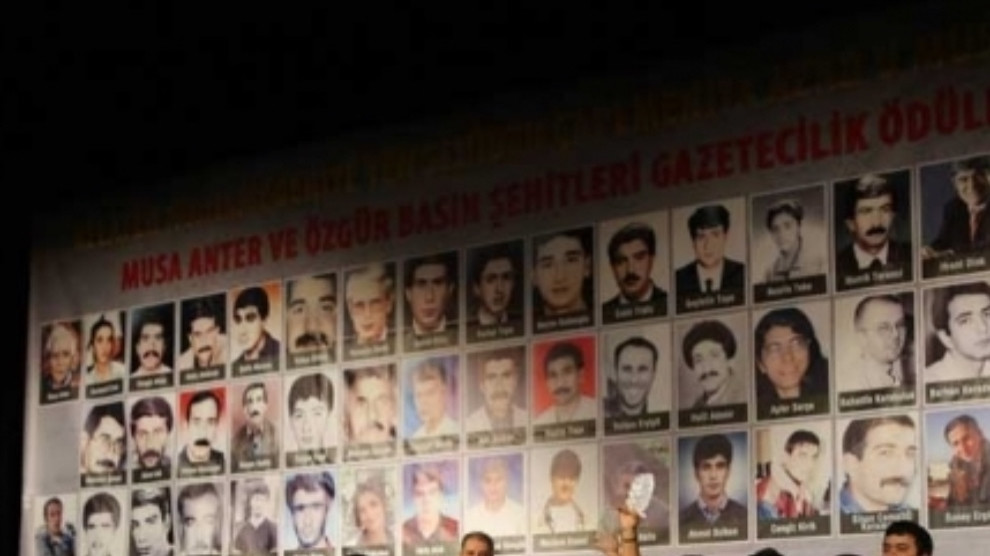Kurdish press in Rojava
The 1930s and 1940s were recorded as important years for the Kurdish press after the borders were drawn.
The 1930s and 1940s were recorded as important years for the Kurdish press after the borders were drawn.

In Rojava, press activities were carried out along with other intellectuals in the North and South during the Ottoman period. The 1930s and 1940s were recorded as important years for the Kurdish press after the borders were drawn.
In those years many magazines such as Hawar, Ronahi, Roja Nû and Stêr were published under the leadership of Kurdish intellectuals such as Celadet Bedirxan, Cegerxwîn, Haco Axa, Memduh Selim Beg, Qedrîcan and Osman Sebrî, yet the following years in Rojava became ‘dead years’ for the Kurdish press.
Along with the revolutionary process in 2012, dozens of written and visual media outlets have been launched in Rojava: Hawar News Agency, Ronahi TV, Ronahi Newspaper. Sîpan Can, the co-chair of the Free Press Association (RRA) in Rojava-Northern and Eastern Syria, states that the Kurdish press has witnessed a remarkable development in the Middle East, but he did not see this as sufficient.
"The Kurdish press - he said - has an important place in the Middle East. For instance, when the Kurdish press is mentioned, the press activities in Northern Kurdistan have a big place. If we look at it in general, there is still a lot to do to develop a proper Kurdish press, especially when it comes to the language. Televisions, agencies and newspapers are opened. But the fact that the main language is still not Kurdish is a big problem. This also has a problem in Rojava. Although we have made significant progress in the press in a short period of time, we have to continue and progress.”